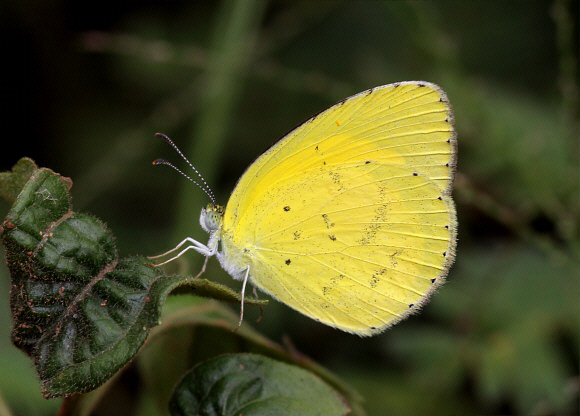
Introduction
The Grass Yellows are all fairly small butterflies, readily recognised by their bright yellow wings and their habit of gathering in small groups on patches of damp sand or soil. Despite their name, none of their caterpillars feed on grasses – the name is derived from the fact that most species are found in disturbed grassy habitats.
Eurema are among the most familiar of tropical butterflies. There are 70 known species worldwide, of which 36 are found in the Neotropical region, 13 in North America, 10 in Africa, 25 in the Oriental region and 10 in Australia / Papua New Guinea. Many are migratory in behaviour and the ranges of several such as hecabe overlap into in 2 or more of the zoogeographical regions.
Eurema desjardinsii regularis is found across the entire African continent. The type location of the nominate subspecies desjardinsii is Madagascar. Some taxonomists believe that the mainland and Madagascan taxa should be recognised as a distinct species.
Habitats
This species breeds mainly in open or disturbed habitats including forest edges, damp savannah, along roadsides, and on agricultural land.
Lifecycle
The foodplants utilized in the wild are unknown, but Larsen observed a female ovipositing on Cassia mimosoides ( Fabaceae ). The species has been reared successfully on Hypericaceae in captivity.
Adult behaviour
Males sometimes congregate with other Eurema species to imbibe mineralised moisture from damp ground. Both sexes visit herbaceous plants for nectar, favouring yellow flowers. In dull weather the butterflies roost underneath the leaves of bushes or tall herbaceous plants.
